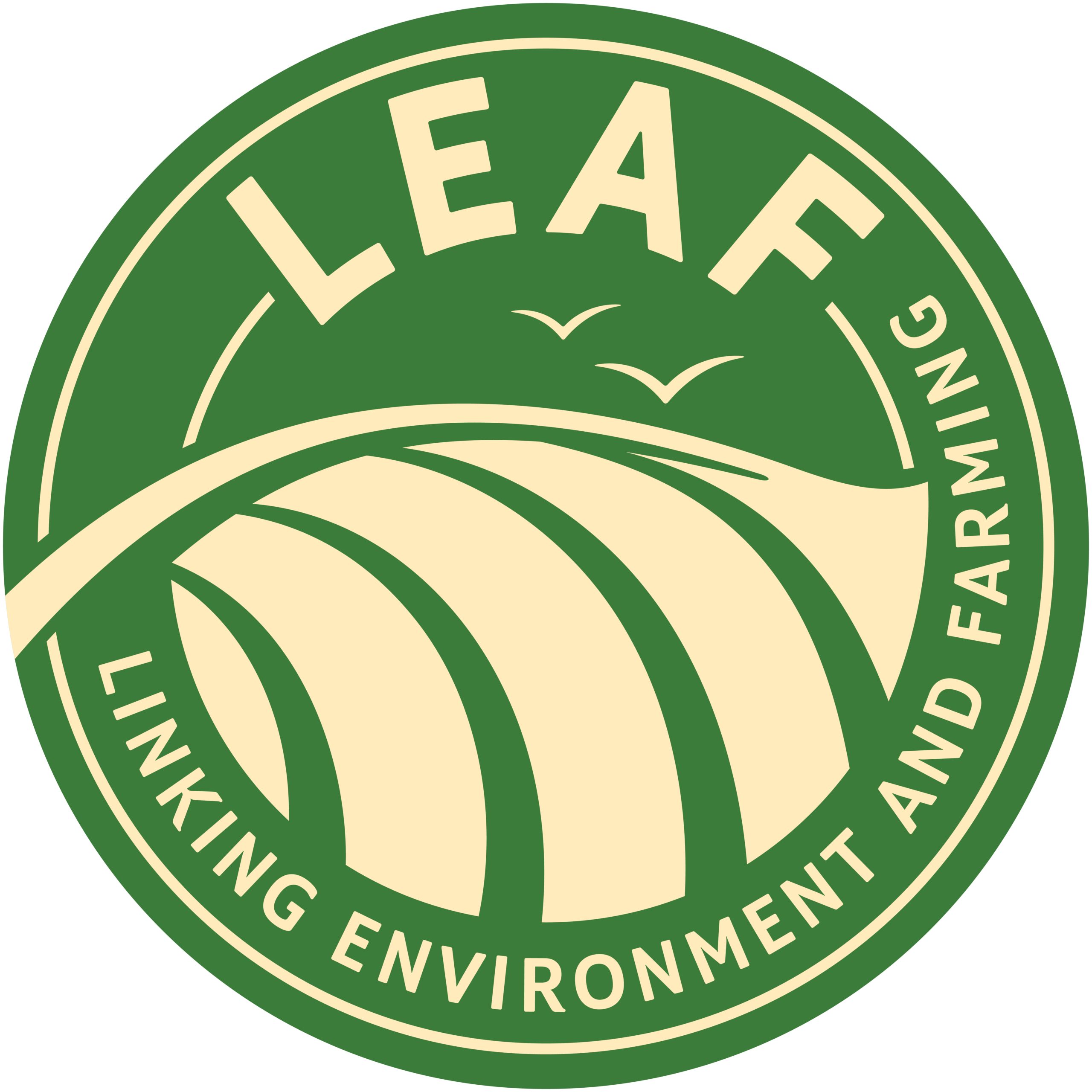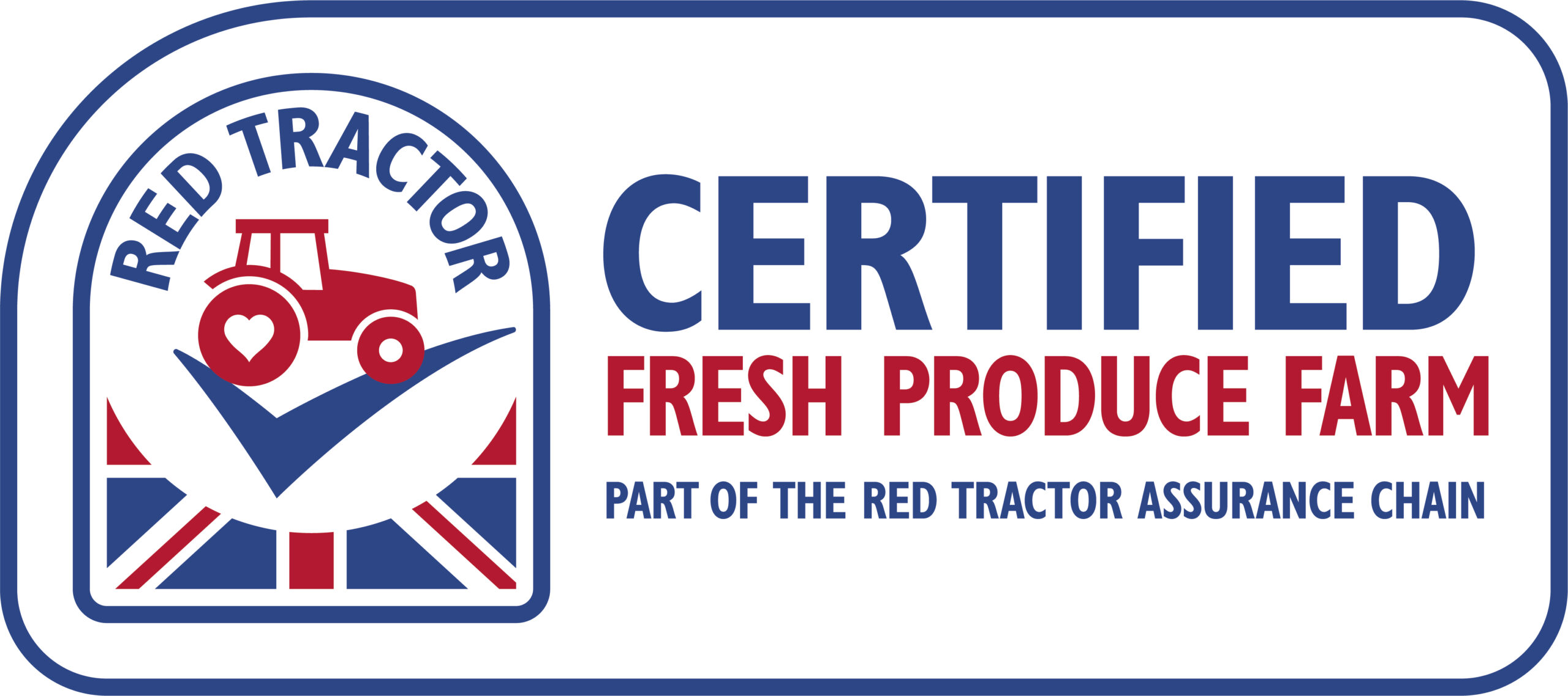What we do
As berry experts, we know exactly what to do to produce the best blackberries, blueberries, raspberries and strawberries. Our expertise starts with the growing of the plants that will later produce our berries, and ends with the delivery of our fruit to our end customers.
Growing
Husbandry & Harvest
Cooling
Packing
Storage
Transport
GROWING
To grow the best fruit we need to understand what our plants need at each stage of growth in terms of nutrients, irrigation strategy, husbandry, and other agronomic factors.
Our growing department ensures our plants receive the perfect growing conditions to produce exceptional yields.
Growing is deeply connected to our ESG strategy, which means that:
- We bear in mind the welfare of our colleagues, customers and other stakeholders
- We use our resources thoughtfully, taking care not to jeopardise the availability of natural resources
- We are nature-centric growers and use agronomic practices that boost biodiversity and help make our farm ecosystem more resilient
Husbandry & Harvest
Husbandry starts with planting and is a continual process of plant management throughout the year. For strawberries this includes removing runners, clearing weeds, pulling the flowers forwards to encourage pollination and to present the fruit better for the pickers. We also remove old leaves to enable air movement and apply beneficial insects to control pests.
The main husbandry tasks for the raspberry and blackberry plants involve spreading the crop evenly across the planted lines and ensuring each lateral is positioned at the correct level for optimal picking. It is also important to clear out the weeds and spawns to help develop stronger plants and bigger berries.
One of the easiest crops to maintain are the blueberry bushes, where the planting process happens once every 10 years. The main task is winter and summer pruning which allows the bush to grow evenly, and the removal of weeds helps to maintain a healthy crop.
The harvest operation is the final stage to be completed after all the hard work carried out by the husbandry department. This is where the ripe berries are picked and sorted by size ensuring only the best fruit is sent to the packhouse. We ensure an efficient cool chain as soon as the berries are picked to not compromise on quality. Harvest is heavily influenced by the market demand, the crop stage, and the weather.
Cooling
Our fruit comes straight from the field to intake tunnels, ready for pallet hight adjustment.
From intake they are moved into our fast chilling chamber, where they spend about an hour to reach a temperature of between 2 to 5 C, which is a requirement for the next stage – Packing.
Packing
Once our fruit has been chilled and quality control checked, it is moved to the packing area through the feeding line, where is weight checked.
The second part of packing is heat sealing and the checking of seal integrity. After sealing, the next step is applying the customer’s label and promotional label, if required.
Every single punnet passes through our metal detector machine before being packed into customer trays.
Customer trays are labelled, with tray-ends carefully placed on the pallet, secured with stretch wrap and labelled before Storage.
Storage
From the packing area, pallets are placed into our storage (Dispatch) area, which is segmented by customers and depots.
Before fruit is dispatched, our operators prepare the loading plan to make sure they are sent to the correct destination.
Transport
When lorries arrive to collect the fruit, our operators measure the internal temperature of the trailer and ensure that trailer is in good condition.
Once the operator has loaded the final pallet, the paperwork is issued to the driver who distributes our berries to the depots.
We work with the most skilled breeders to grow the very best varieties
As growers of premium berries, we are committed to working in partnership with the most skilled breeders, who provide us with the best varieties, that will delight the most demanding customers.
Find out more about when we grow






